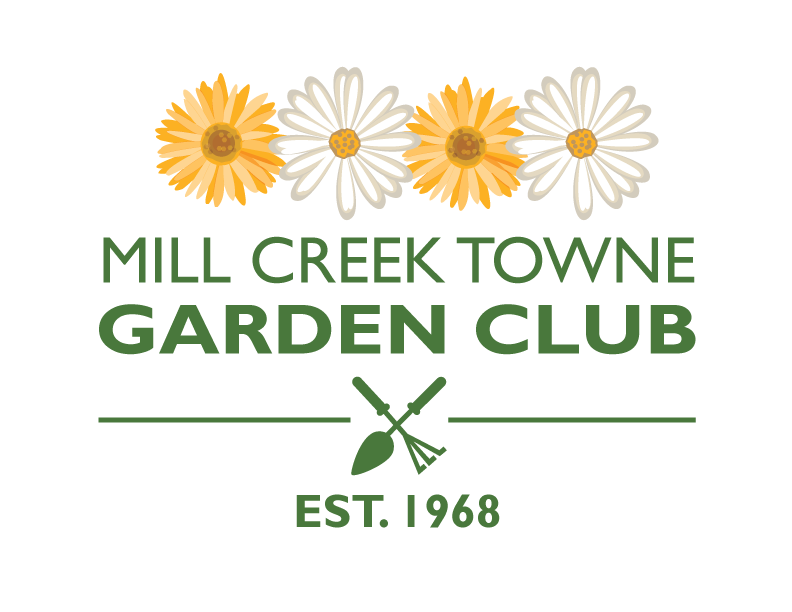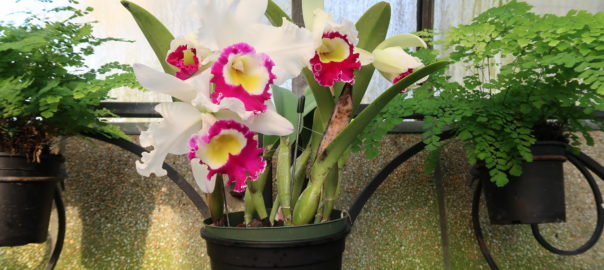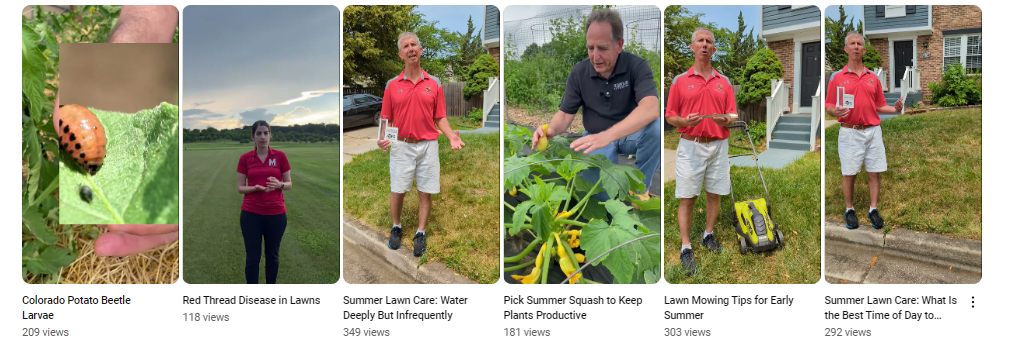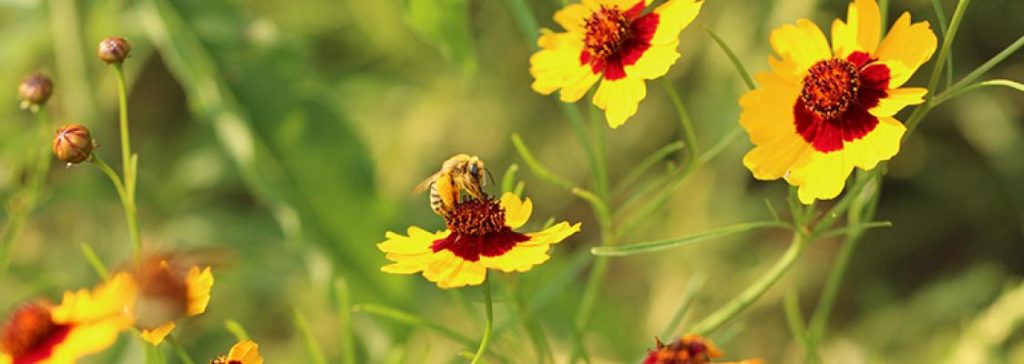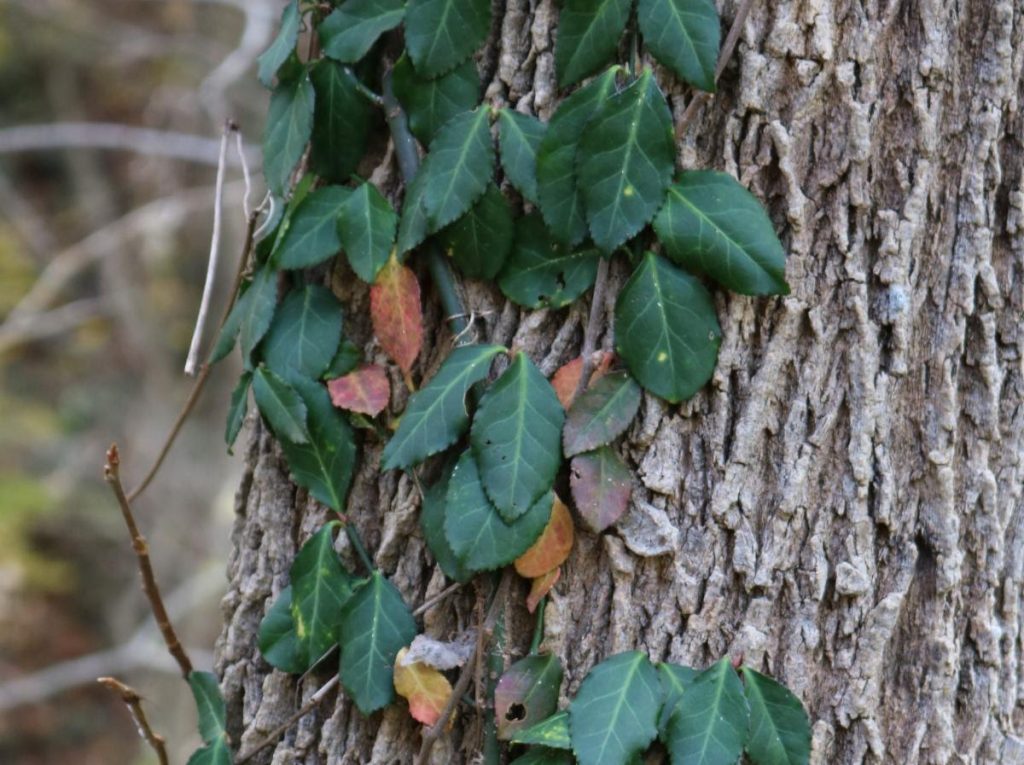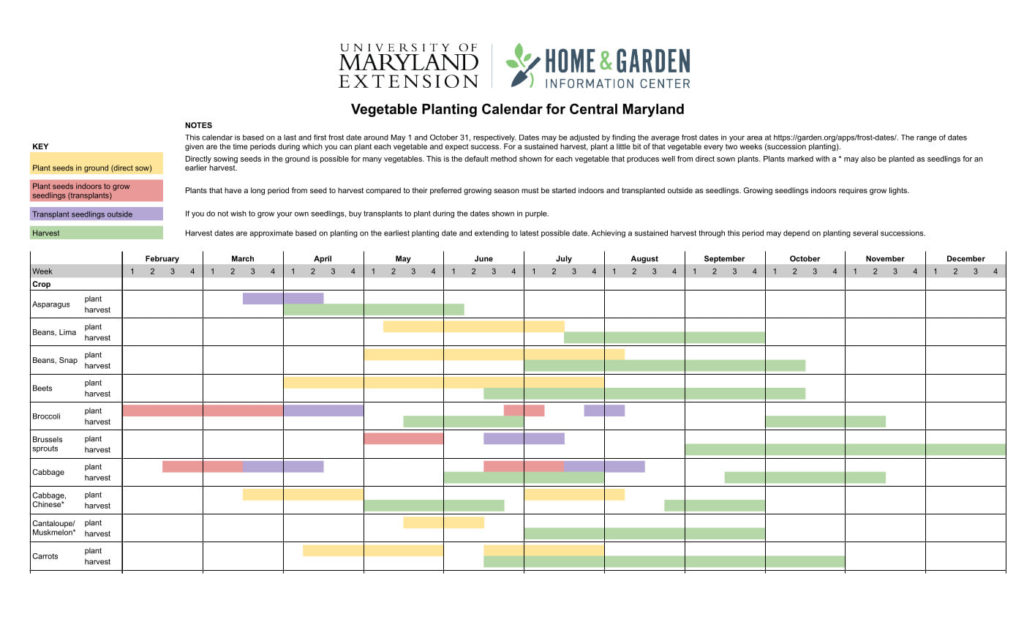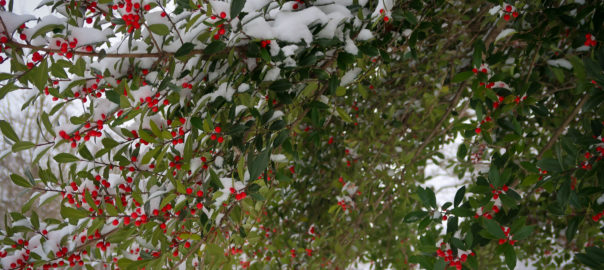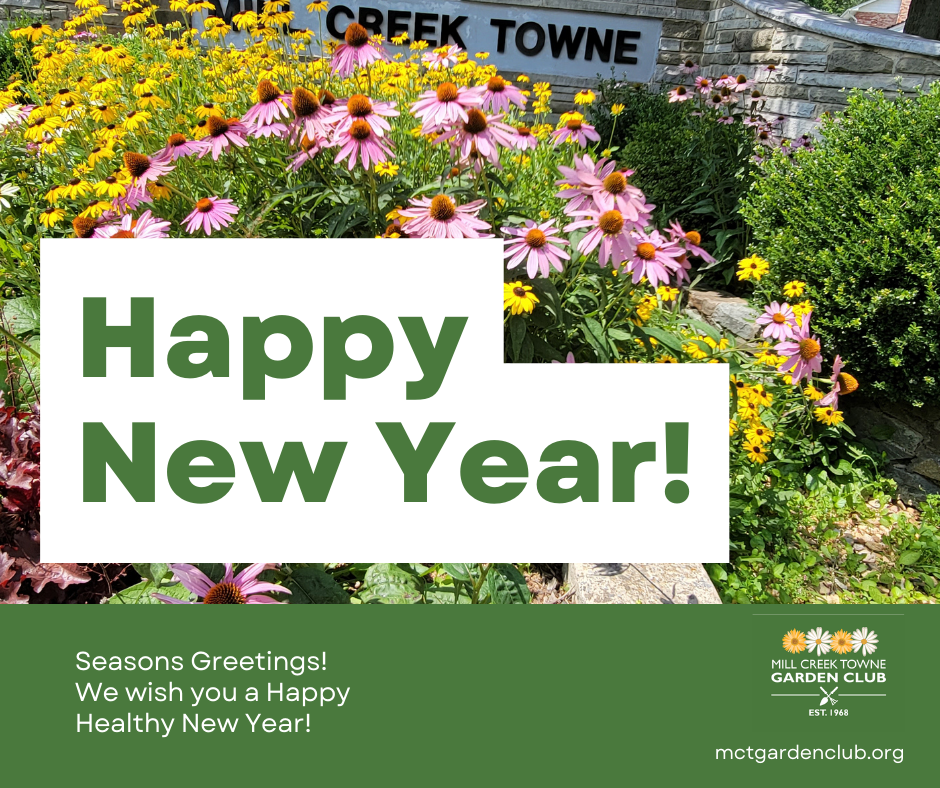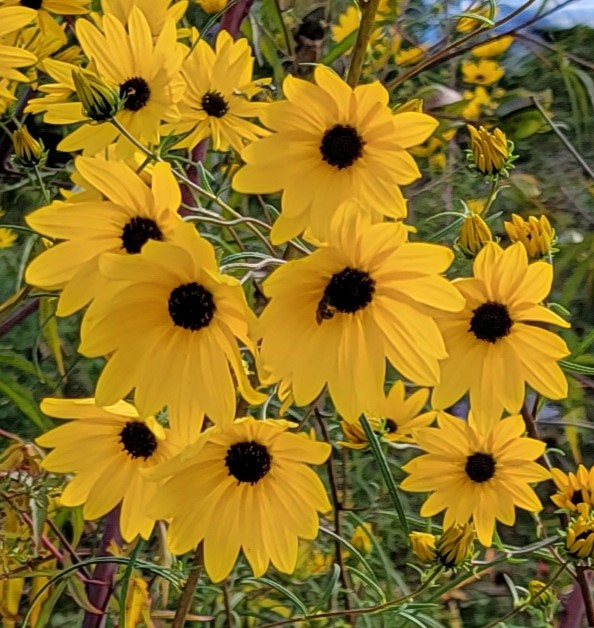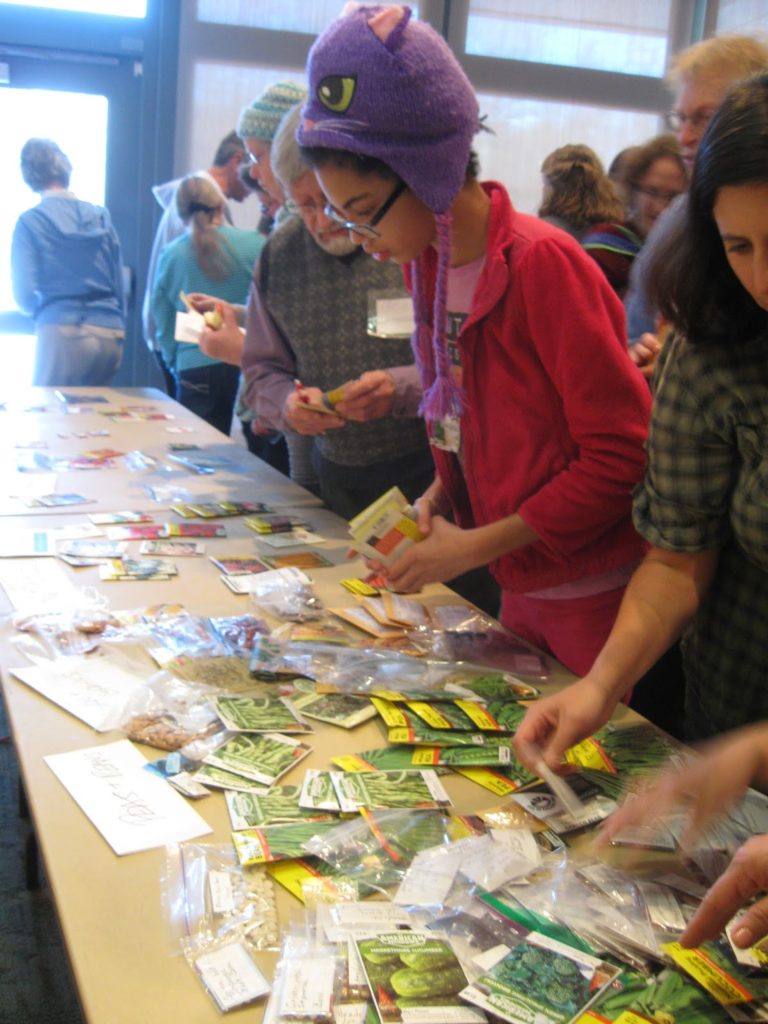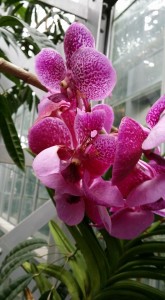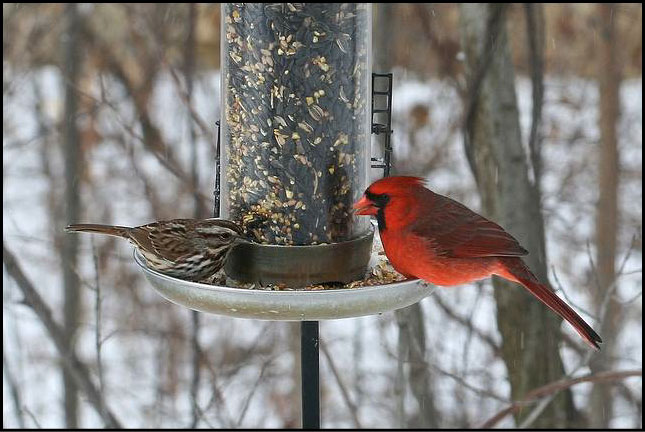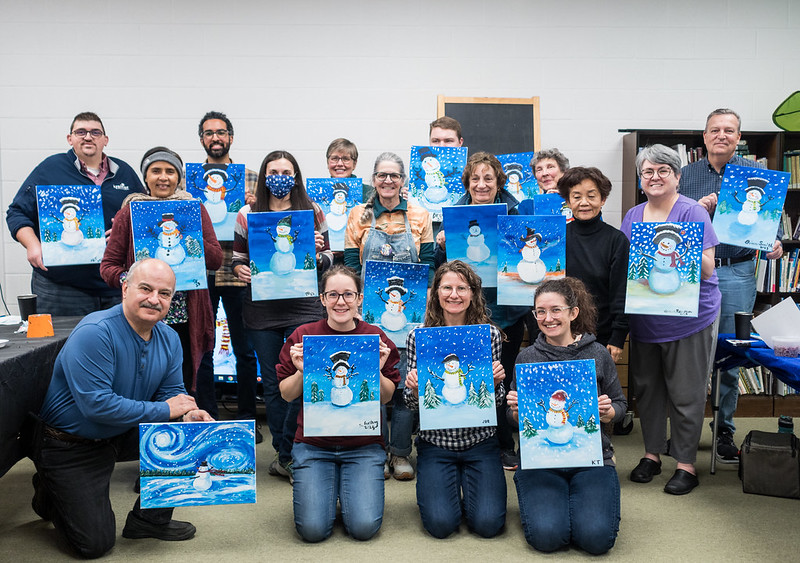Hello Friends, Neighbors, Fellow Gardeners,
On Groundhog Day 2024, Punxsutawney Phil woke up and did not see his shadow and predicted an early spring! Here are some garden tips, educational opportunities, and videos for February. A lot of gardening events are announced on Facebook as well as on our website. Some upcoming events/resources include Sustainable Landscaping Talk by Dr. Lauren Hubbard (Mill Creek Towne Garden Club member and master gardener!), Montgomery Park’s – Flora & Fauna Program, Montgomery College Spring 2024 Environmental Horticulture and Home and Garden Lifelong Learning classes, Montgomery Parks February Programs, Brookside Garden’s Greenscapes Event, American Horticultural Society’s Great American Gardeners Webinar Series, and more! These events will be hosted as online or live events.
Planning Tips
- Select and order fruit plants. Decide on new tree/shrub locations.
- Plan landscape design projects.
- Decide where your plants from seed are going in your garden.
- Gather seeds and carefully label them. Store in a dry location.
- Order/buy those seeds!
- Collect supplies for starting seeds.
- Participate in a local seed swap.
- Clean out your greenhouse and wash those windows.
- Clean and tidy pots and seed trays to get a good start in February.
- Paint a few terra cotta pots in spring-like colors.
- Sharpen and replace tools as needed.
- Volunteer at a local public or historic garden.
- Plan for 2024 with these Free resources: Landscaping with Native Plants by the Maryland Native Plant Society, Plant Invaders of Mid-Atlantic Natural Areas by the National Park Service, Master Gardeners of Northern Virginia Reading Room. Visit our Online Gardening Resources page for more helpful online resources.
- Buy a good gardening book or magazine subscription for a gift for your favorite gardener.
- Have a question about gardening? Check the University of Maryland Extension’s New Maryland Grows blog for garden tips.

Maryland Grows Blog
In weekly posts on MD HGIC’s blog, learn about pollinator conservation, growing native plants and food, and how to solve plant pest and disease problems.
MD HGIC Video Tips
Our Extension experts are sharing one-minute video tips to help you in the garden this summer. We’re talking about pest management in the vegetable garden, tree and lawn diseases, native plants, mowing lawns, and more!
For more information, please visit:
 |
|
What can Master Gardeners do for you?
- Help you select and care for annual and perennial plants, shrubs and trees.
- Determine if you need to test your soil.
- Provide you with information on lawn care.
- Identify weeds, beneficial and noxious insects, and plant diseases and remedies.
- Teach you how to use pesticides, mulch and compost.
- Guide you in pruning trees and shrubs.
- Provide you with options for managing wildlife.
- Provide you with gardening resources.
- Help you submit a plant sample for diagnosis
Plant Clinics are held at several sites in the county on a weekly basis and at special events such as garden festivals and the county fair. Regularly scheduled Plant Clinics are located at public libraries and farmers’ markets throughout the county as well as at the Audubon Naturalist Society in Chevy Chase. There are also clinics three days per week at Brookside Gardens. The busiest season is April through September, but some clinics are open year-round. Bring your plant samples and questions to one of these locations in Montgomery County, MD (see link below to find a location near you):
https://extension.umd.edu/mg/locations/plant-clinics
UMD Home and Garden Information Center: Ask a Master Gardener
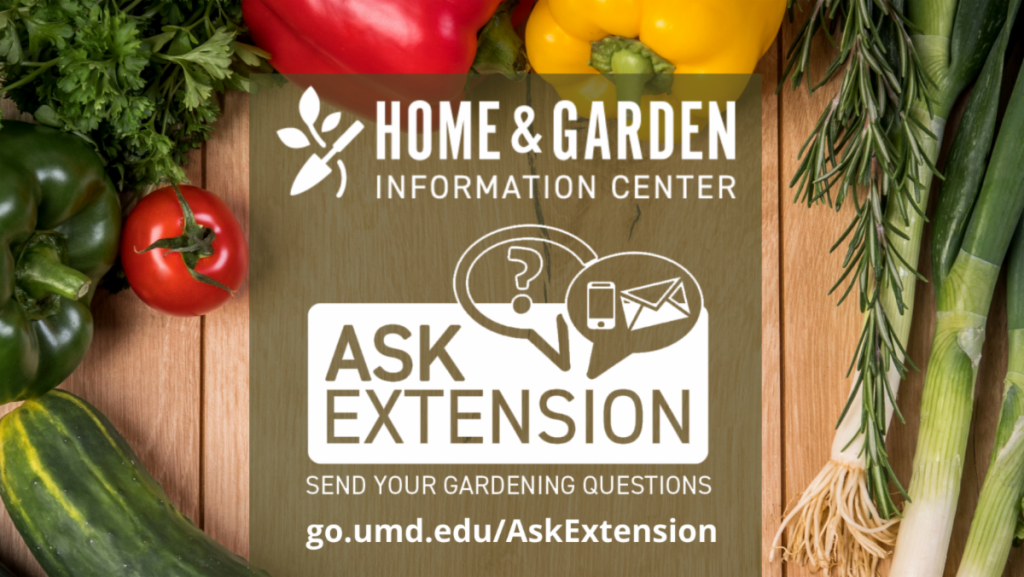
Do you have a gardening question? Our Certified Professional Horticulturists, faculty, and Master Gardener Volunteers are ready to answer – year-round!
See below to ask a master gardener a question on the UMD Extension website:
New Gardening Books
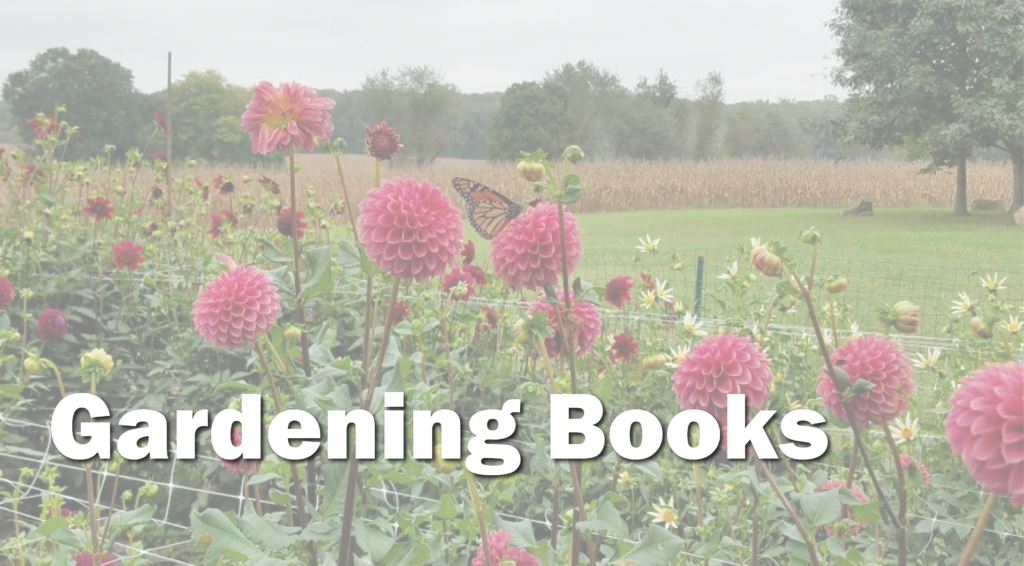
Online Gardening Resources

Local Farms
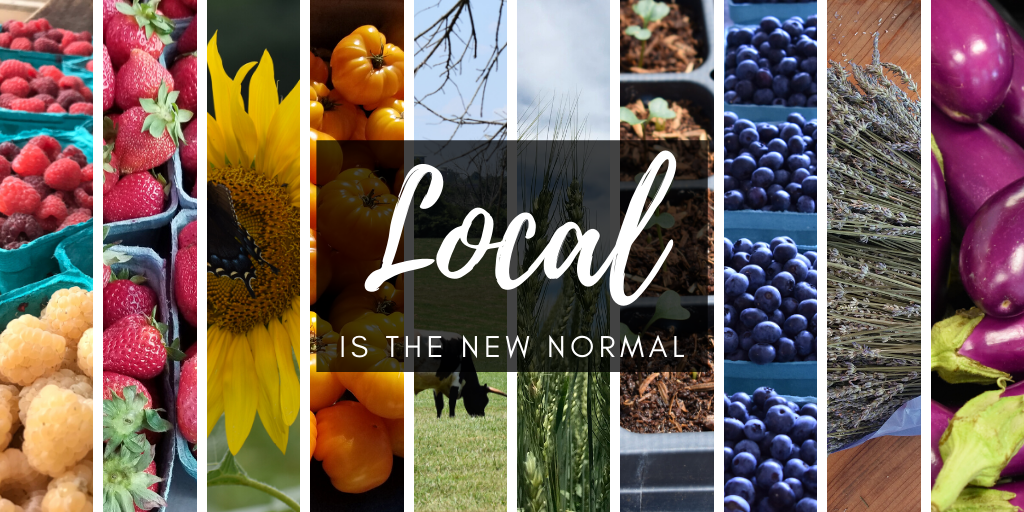
#LocalIsTheNewNormal #BuyLocal
- Support Our Local Farmers – Join a CSA and have fresh local produce delivered to you!
- Visit a local farmers’ market.
How to Support Farmers and Safely Shop at Farmers’ Markets
Montgomery County MD Food and Beverage Guide

The 2023 MoCo Food & Beverage Guide is here! The Guide from the Montgomery County Food Council is available online – delicious baked goods, prepared foods, condiments and more. The craft beverage list grows each year and find two dozen local and amazing farms:

Download Montgomery County’s Office of Agriculture 2023 Farmers Market Flyer to find a farmer’s market near you.
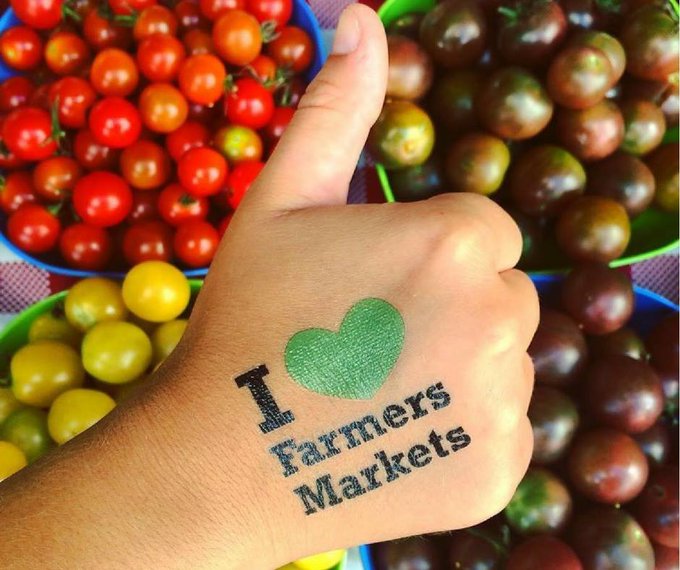
Support Our Local Farmers – Join a CSA and have fresh local produce delivered to you!
CSAs are seeing record numbers of subscribers http://ow.ly/eiQT50zD5lW – find your farmer here: http://ow.ly/jbO250zD56M
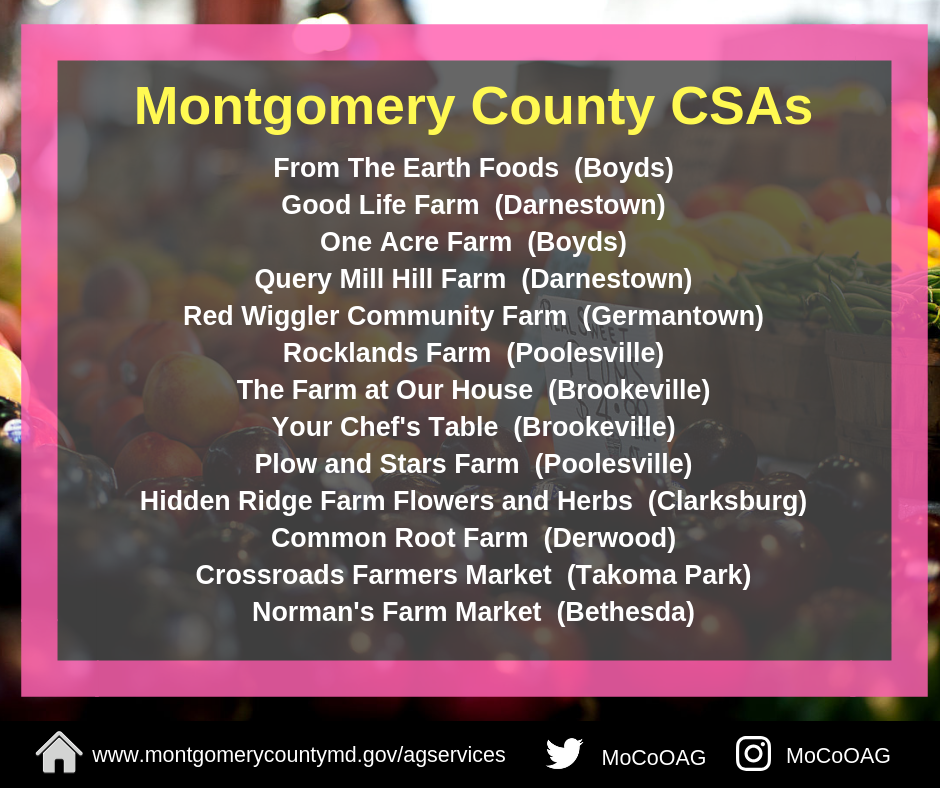
CSAs can take many forms, but essentially they are community supported farms in which members contribute to farming projects, usually by way of membership fees, in exchange for fresh, local produce. The concept came to the United States from Europe in the 1980s. They are a great way to take advantage of fresh, locally grown fruit, vegetables, herbs, and more while supporting nearby farms. Each one is different, some offer pickup locations in urban areas, some offer only farm-based pickups.
There are multiple CSAs located around the County offering a wide variety of products. CSAs begin taking sign-ups for spring and summer seasons in the early part of the year, and they tend to fill up FAST! Know of another CSA not on our list? Let us know! Montgomery Countryside Alliance also maintains a list:
http://www.mocoalliance.org/community-supported-agriculture.html
Check out the revised list of Mid-Atlantic native plants for pollinators and beneficial insects, from the Xerces Society.
Invasive Plants
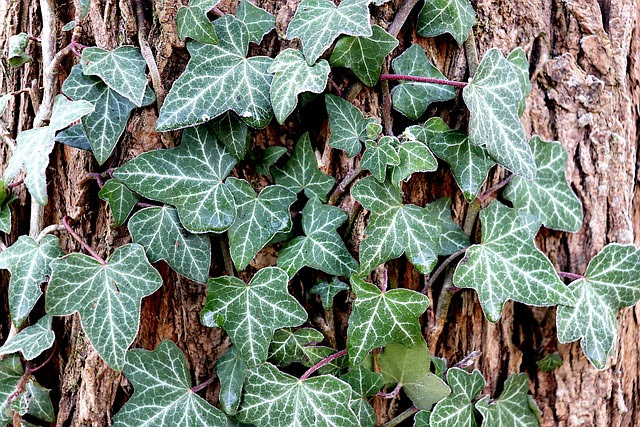
1,417 people responded to the Maryland Native Plant Coalition’s recent survey about invasive plants. The most troublesome invasives reported were:
New legislation is being introduced in Maryland to ban the sale of invasive plants. You can follow updates on this page.
Flowers and Groundcovers
- Hardy spring bulbs begin to emerge (crocus, snowdrops, daffodils, tulips).
- Deadhead pansies.
- Pull out ornamental cabbages and Kale.
- Lightly fertilize bulbs when green starts to show.
- Transplant seedlings into individual 3″ – 4″ pots when crowded. Fertilize transplants with 1/2 strength houseplant fertilizer (every 2 weeks).
- Start seeds for: Portulaca, Flowering Tobacco, Ageratum, China Aster, Cleome, Dwarf Marigolds, Salvia, Tall Snapdragons, and Verbana.
- Divide overgrown or crowded perennials such as daylily and shasta daisy.
- Check on stored summer bulbs and seeds. Discard any that have rotted.
- Pot up any leftover bulbs that did not make it into the ground by now and force them for indoor blooms.
- Weed. Especially look for fast-growing vines such as honeysuckle, autumn clematis, bittersweet, wild grape, Virginia creeper, and poison ivy.
- Start seeds for: Petunia, Dwarf Snapdragons. Check daily for moisture.
- Avoid walking in planting beds.
- Leave old flower stems standing for nesting pollinators.
- After hard frost, sow seeds of spring-blooming hardy annuals and perennials then mark beds!
- Leave seedheads on Black-eyed Susan, Echinacea, Goldenrod, Sunflowers, and Thistles for the birds to enjoy over the winter.
- Pests to watch for: Deer
- Diseases to watch for: Damping off of seedlings
- See UMD’s HGIC Garden Tips for more details.
- For a list of native plant resources, visit: https://extension.umd.edu/hgic/topics/native-plant-resources
5 Million Trees Initiative
Maryland’s goal is to plant and maintain 5 million native trees by 2031. There are various ways you can get involved – plant trees and register them — or volunteer! A number of tree-planting assistance programs are available at the municipal, county, and state levels.
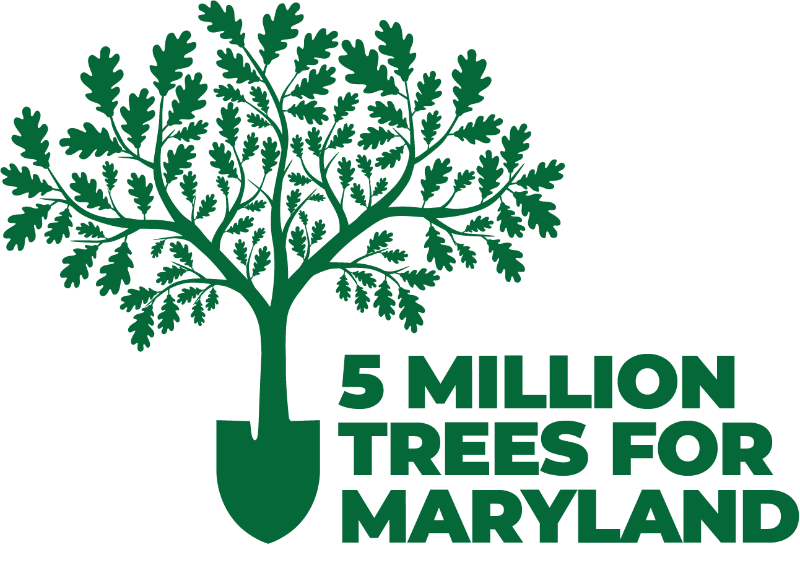
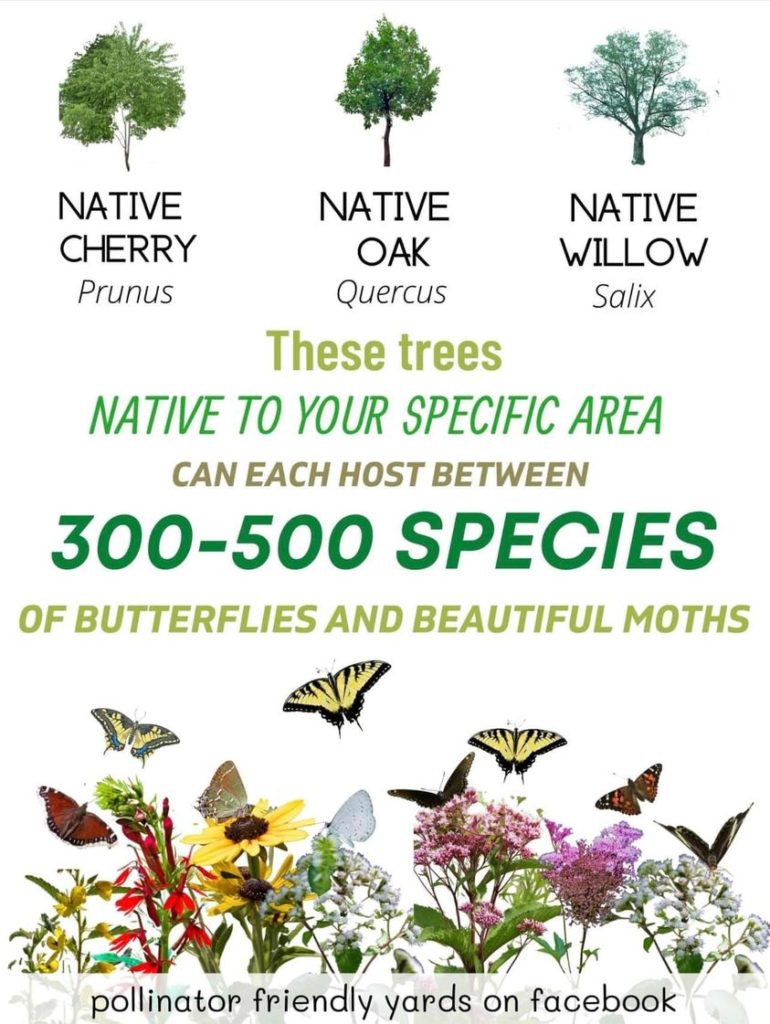
THIS is the SUPERPOWER of YOUR KEYSTONE NATIVE PLANTS.
- No exotic plant could ever achieve this.
- Want butterflies? Feed the caterpillars with keystone plants!
- Exotic plants will never support as many different species of caterpillars as the Keystone Natives can.
- Find your keystone native plants here by zip code.
If your zip code doesn’t give you enough information try zip codes of the nearest larger town or city. LINK: https://www.nwf.org/NativePlantFinder/
Maryland Grows Blog | Featured Article
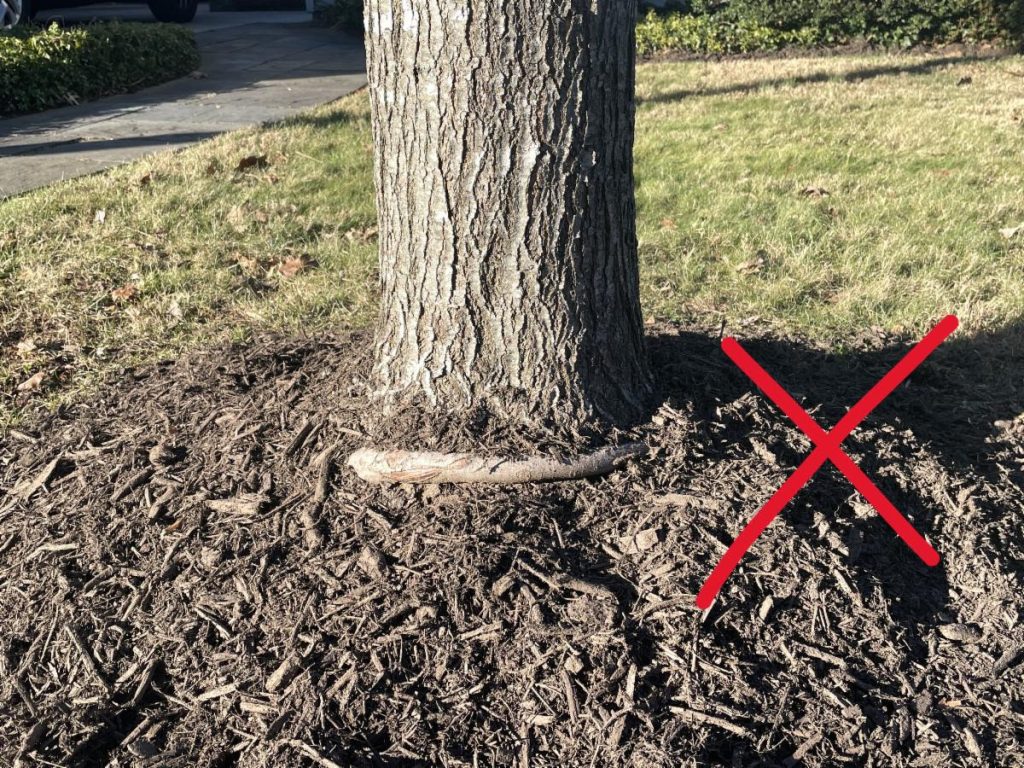
Free the Flare!
Maintaining a visible root flare on trees is important for their overall health and pest management, noted Smithsonian Gardens arborist Jacob Hendee in a recent talk.
Trees and Shrubs
- Cut some branches (forsythia, quince, bittersweet, redbud, willow, etc.) for forcing indoor blooming
- Prune broken, dead, or diseased branches.
- Begin pruning of summer flowering shrubs.
- Plant or transplant trees or shrubs, including berries, roses, and evergreens.
- Check that newly planted trees, shrubs, and perennials have not been heaved out of the ground due to freezing and thawing cycles.
- Trim ornamental grasses such as liriope, mondo, and pampas.
- Keep an eye out for bark damage from rabbits and deer.
- Gently remove layers of snow from outdoor evergreens with a broom.
- Prune stone fruit trees like cherries, plums, and peaches.
- Prune out Fireblight damage Malus and Pyrus when very cold.
- Spray broadleaf evergreens with anti-desiccant to prevent dehydration.
- Use fallen leaves for mulch or compost.
- Water slowly and deeply if weather is very dry.
- Prune foundation shrubs and trees to be no closer than 1 foot from the house.
- Check often and water newly planted trees if they don’t pass the finger test (stick your finger deep into soil – dry? Water!)
- Look out for any Poison Ivy vines, which will turn crimson in the late fall and be easy to distinguish from other vines.
- Remove Ivy, Pachysandra, and other vine-like groundcover from under shrubs.
- Mulch or compost healthy leaves.
- Soil test established trees that have not been performing well.
- Put diseased leaves, pesticide-laden grass clippings and weed seeds out for recycling rather than the compost pile.
- Spray with dormant oil to decrease pest infestations.
- Remove dead and dying trees.
- Pests to watch for: voles, scale, and deer.
- Diseases to watch for: Botryosphaeria canker, Black knot on Prunus
- For more tips, see UMD’s HGIC Garden Tips for more details.
Vegetable Planting Calendar
Download vegetable planting calendars from University of Maryland Extension, in English and Spanish. This page also has a link to a frost/freeze date calculator.
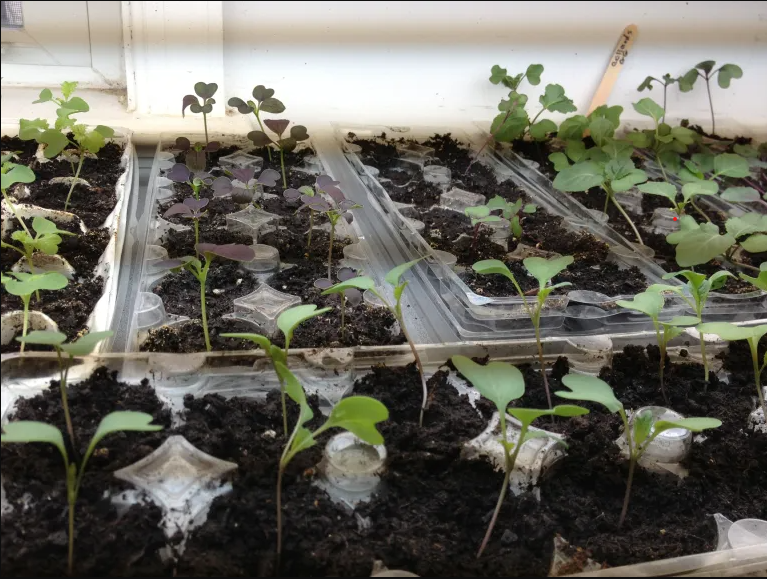
Herbs, Veggies, and Fruit
- Start pepper seeds indoors.
- Sow greens indoors or in cold frame. Vent cold frames on sunny days.
- Start seeds for: Cabbage, chives, fennel, sage, thyme, rosemary.
- Direct-sow early, cool-season crops as soon as ground soil can be worked. Good choices are peas, lettuces, mustards, onion sets, kale, and cabbages.
- Begin successive plantings of peas using inoculant.
- Collect large plastic soda bottles to use as cloches. (A cloche is a clear, bell-shaped cover used to protect tender plants from frost.)
- Till and add organic matter to annual/vegetable beds.
- Spread ashes from wood fires on your vegetable beds.
- Cut herbs and flowers for drying indoors.
- Thin seedlings.
- Harvest your herbs often and keep them trimmed back to encourage leafy growth.
- Apply dormant oil spray to fruit trees.
- Pests to watch for: birds, deer, rabbits
- Diseases to watch for: Damping off of seedlings
- Here are some more UMD’s HGIC Garden Tips.
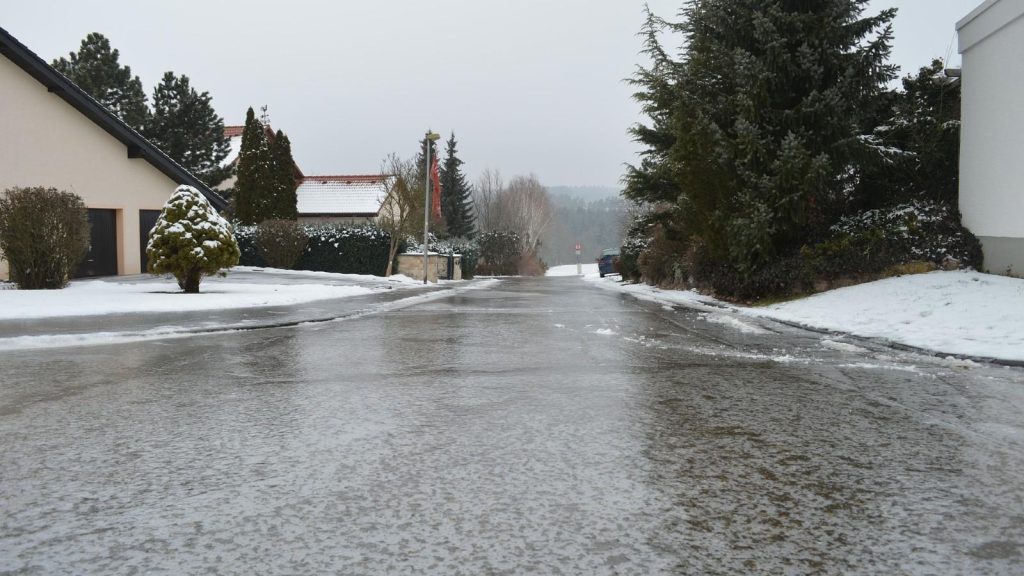
Melting Ice Safely
Each winter, people apply tons of ice-melting materials to sidewalks, driveways, and steps, often without regard to proper application procedures or to what the deicing substance contains. To prevent damage to your home and the environment, choose a deicer carefully.
Lawns
- Avoid walking on frozen grass to avoid damaging the crowns.
- Start lawn seeding.
- Use de-icer sparingly or a nonchemical substitute such as sand, grit, fireplace ashes, or non-clumping kitty litter.
- Store your fertilizer and seeds in rodent-proof containers.
- Clean yard of all leaves and other debris.
- Turn your compost pile.
- Diseases to watch for: brown patch, and red thread
- Pests to watch for: Grubs
- See UMD’s HGIC Garden Tips for more details.
Orchid Care
Indoors/Houseplants
- Fertilize only your winter-blooming houseplants, such as violets.
- Buy a few new houseplants.
- Give your houseplants a quarter turn every few weeks.
- Keep all houseplants out of drafts and away from heat vents.
- Keep succulents and cacti on the dry side.
- Start new indoor plants from cuttings – try an easy one such as violets.
- Repot and fertilize houseplants when new growth begins.
- Change water in cuttings started last fall and add 2-3 pieces of fish tank charcoal.
- Do not over water house plants.
- Check on your container plants daily and keep them well-watered.
- Remove old leaves, damaged stems.
- Pinch out growing tips of leggy cuttings and plants that are overwintering.
- Clean the leaves of your indoor houseplants to prevent dust and film build-up.
- Pests to watch for: aphids, spider mites, mealybug, scale, and whitefly.
- See UMD’s HGIC Garden Tips for more information.
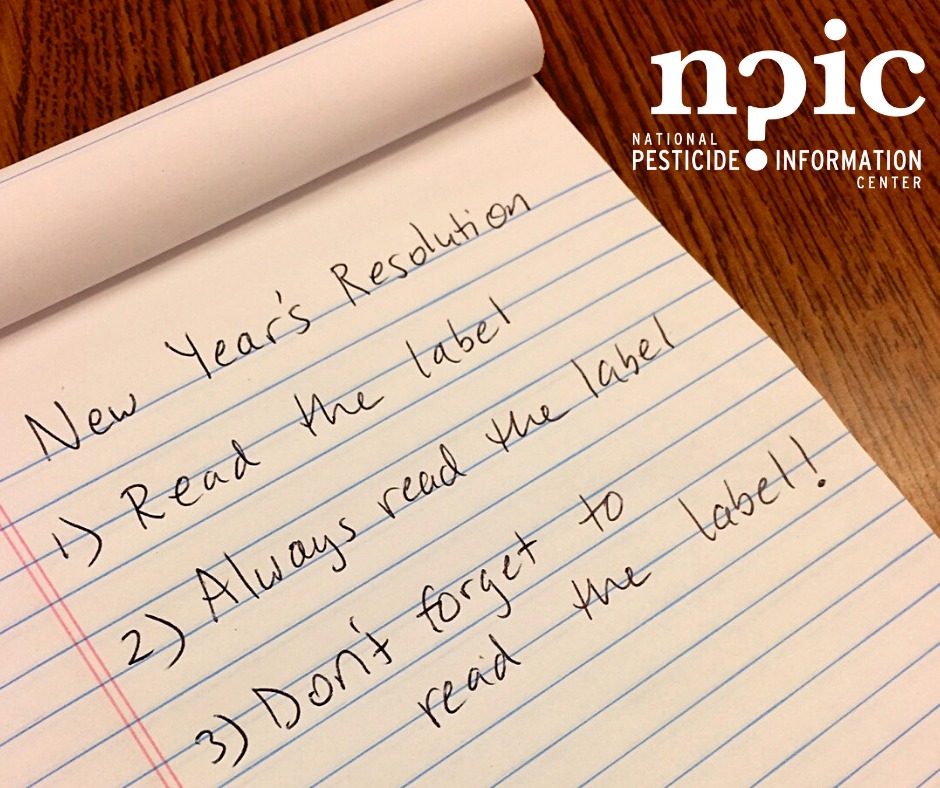
Read and follow label instructions on all pesticides and herbicides.
Start the year off by minimizing your #risk to #pesticides and always #ReadTheLabel! Learn more here: http://npic.orst.edu/health/readlabel.html
Questions about your label? Call us! 800-858-7378 M-F 8am-12pm PST
Indoor/Outdoor Insect and Wildlife Tips
- Check indoors for termites and winter ants.
- Watch for insect and disease problems throughout your garden.
- Put suet out for birds.
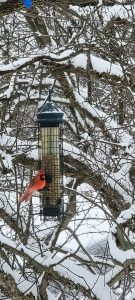
- Keep bird feeders clean and filled.
- Switch your deer deterrent spray.
- Set out traps for mice, moles, and voles.
- Watch for: eggs, larvae, overwintering stage of many species, carpenter ants, flies, stink bugs, termites, rabbits, raccoons, groundhogs, deer, mice, moles, snakes, squirrels, and voles.
- For more information, see UMD’s HGIC Garden Tips.
Source: University of Maryland’s Home and Garden Information Center (HGIC) and the Washington Gardener.
See more tips from HGIC:
Howard EcoWorks Open House Night & Job Fair

Learn about landscaping with native plants at this event with Dr. Lauren Hubbard, master gardener and Mill Creek Towne Garden Club member!
Join us for Open House Night | Job Fair on 2/22/24![]() We’re highlighting our guest Speaker, Lauren Hubbard. She is a professional Landscaper, owner of Native by Design LLC, and President of the Maryland Native Plant Society. She will be giving a talk on native plants from Maryland and their applications in sustainable landscaping.
We’re highlighting our guest Speaker, Lauren Hubbard. She is a professional Landscaper, owner of Native by Design LLC, and President of the Maryland Native Plant Society. She will be giving a talk on native plants from Maryland and their applications in sustainable landscaping.
Register for this event today: https://www.howardecoworks.org/…/open-house-night-job-fair
Montgomery Parks – Flora & Fauna Program
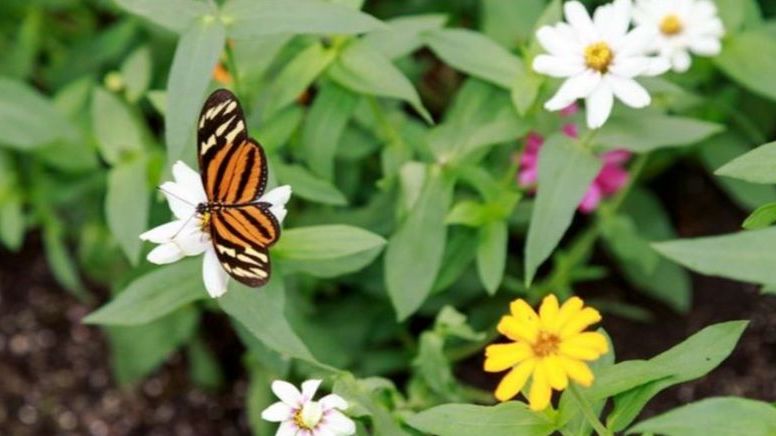
Montgomery Parks is pleased to offer a new online learning series for adults that teaches you to recognize the most common species of Montgomery County. Led by our expert Parks staff, you’ll practice identification skills, learn the best ways to see wildlife, and be empowered to practice conservation in your own neighborhood. Montgomery County is a biodiverse place with so many interesting plants and animals, and we can’t wait to share them with you!
Montgomery Parks February Program Line-Up
It’s here, the winter program lineup! Here’s are a few event happening at Montgomery Parks this February.
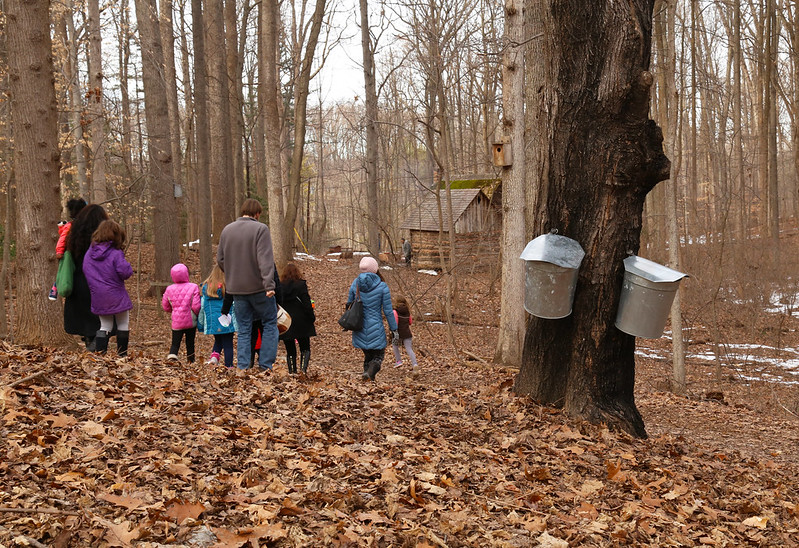
Everything You Wanted to Know About Pruning>
February 10, 2024 @ 10:00 am – 12:00 pm
/@ Brookside Gardens Virtual
Maple Sugar Walk – PBNC0037>
@ Brookside Nature Center
02/15/2024 1:15 pm – 2:15 pm Th
02/22/2024 1:15 pm – 2:15 pm Th
02/29/2024 1:15 pm – 2:15 pm Th
Birding at Black Hill – PBHDC0060
Meet at the Discovery Center and we’ll take a van to the Ten Mile Creek area of Black Hill Regional Park. We will hike the trails at the north end of the cove to see which waterfowl are visiting Little Seneca Lake. Dress for the weather and wear hiking shoes. Bring binoculars or borrow ours. FOBH $6
9:00 am -12:00 pm Sa
Waterfowl Viewing from the Deck & Bird Blind
4:00 pm – 6:00 pm W
Follow this link to view our February programs:
Montgomery Parks to Commemorate Black History Month with Special Events Throughout February

Montgomery Parks will commemorate Black History Month with events throughout February.
Go to Montgomery Parks event calendar for a complete list of special events and programming and to learn how to sign up using ActiveMontgomery. Visit the Winter 2024 Montgomery Parks Program Guide
Montgomery College Horticultural Classes – Spring 2024

This is the schedule of horticultural classes offered at Montgomery College, Germantown Campus this spring semester. The courses are offered in several formats including online, hybrid (online but with face-to-face field trips) and all face-to-face. Students can take classes for credit or audit. Maryland residents 60 years and older may be eligible for a tuition waiver, such that they pay only fees.
For example, eligible seniors would only pay $91.60 for HORT 105 – Introduction to Sustainable Landscaping or $137.40 for HORT 254 – Plant Materials II, HORT 258 Landscape Management or HORT 271 Plant Propagation. Senior registration starts January 17. Classes start the week of January 22.

Lifelong Learning Home and Garden Classes
Annuals and Perennials for Mid-Atlantic Landscape
The course will focus on the requirements needed to successfully incorporate perennials and annuals into the residential landscape of the Mid-Atlantic. We will discuss plant species, both native and non-native, to extend the seasonal interest in the garden. Discussion will include incorporating natives, pollinators, and plants suitable to resolve specific problems within the landscape. The course will review the topography, and soil structure, as well as sun and shade ratios to ensure success with annuals and perennials in the landscape. Also included will be discussions on biennials, self-sown species, and repeat blooming species, as well as perennial division and transplanting; the need to replace invasive species within the gardenscape and how to control invasive species; how to incorporate deer resistant plant species and protect the landscape from deer damage; and the USDA and county zones of hardiness and how to interpret the standardized product labeling requirements from suppliers of plant material. This course is designed for to address the needs professional landscapers or volunteer/amateur gardeners.
TWA Course: LLP152 5 Hours
$59 + $74 fee = $133; NMR add $120
Online: Structured Remote CRN#: 33954 2 Sessions
T 4/23-4/30 6:30-9 p.m.
Garden Design
Do you ever wish you could have a beautiful home garden? In this course, garden enthusiasts and homeowners will examine the basics of garden design. You will discuss current garden trends; and how to integrate the architecture of your home/buildings into the landscape for a cohesive overall design. You will focus on using plants and materials that are suitable for the Mid-Atlantic region to create a garden design suitable for your home or as a part of your employment.
TWA Course: LLI519 8 Hours
$59 + $79 fee = $138; NMR add $120
Rockville Campus CRN#: 33901 4 Sessions
T 2/20-3/19 6:30-8:30 p.m.
No class 3/12
Introduction to Organic Vegetable Gardening
Learn how to produce vegetables for the household while using sustainable gardening practices. Explore what, when, and how to plant vegetable crops that are well suited to Maryland. Discuss ways to organically control pest and diseases. Design a garden for your home or as a part of your employment.
TWA Course: LLP001 5 Hours
$40 + $72 fee = $112; NMR add $120
Online: Structured Remote CRN#: 33920 2 Sessions
R 2/29-3/7 6:30-9 p.m.
Woody Ornamentals for the MidAtlantic Region (NEW)
The course will discuss the options for trees and shrubs for use in the Mid-Atlantic residential landscape. We will discuss the need to eliminate the use of invasive species in our region, as well as options to replace these too common species within our landscape. The course covers both native species and selected non-native species, and the need to choose woody ornamentals as a long term investment. Emphasis will be placed on species native to the region better suited to the residential site. and how proper selection of species reduces the need for pruning and reduces the maintenance required. There will be a focus on how to create living low maintenance gardens that will endure. Additional content includes the need for soil and water testing prior to planting, as well as, how to access testing facilities as well as the Tree Montgomery program, the Rain Garden program, and the Street Tree programs within Montgomery County. This course is designed for professional landscapers and/or volunteer/home gardeners. TWA
Course: LLP153 5 Hours
$59 + $74 fee = $133; NMR add $120
Online: Structured Remote CRN#: 33955 2 Sessions
T 4/2-4/9 6:30-9 p.m.
Brookside Garden’s Greenscapes Event
Friday, February 16, 2024
9am – 4pm
Join Brookside Gardens for a day of virtual lectures on Friday, February 16, 2024, as industry experts share valuable lessons from the field of creating sustainable landscapes. Lectures will reimagine traditional gardens with native plants and offer the latest in ecologically focused management strategies.

Take advantage of the Early Bird fee of $50 that ends on Friday, January 12. All sessions will be recorded and made available online to registrants. For more information and to register online, visit https://mocoparks.org/3lWVVus.
Let’s Talk Gardens
Thursdays 12 to 1 p.m.
Smithsonian Gardens

“Grow” your gardening know-how! Our free online gardening program, Let’s Talk Gardens, covers a wide range of topics presented by our own professional staff, as well as guest speakers.
And we encourage you to watch videos in our Let’s Talk Gardens Video Library.
